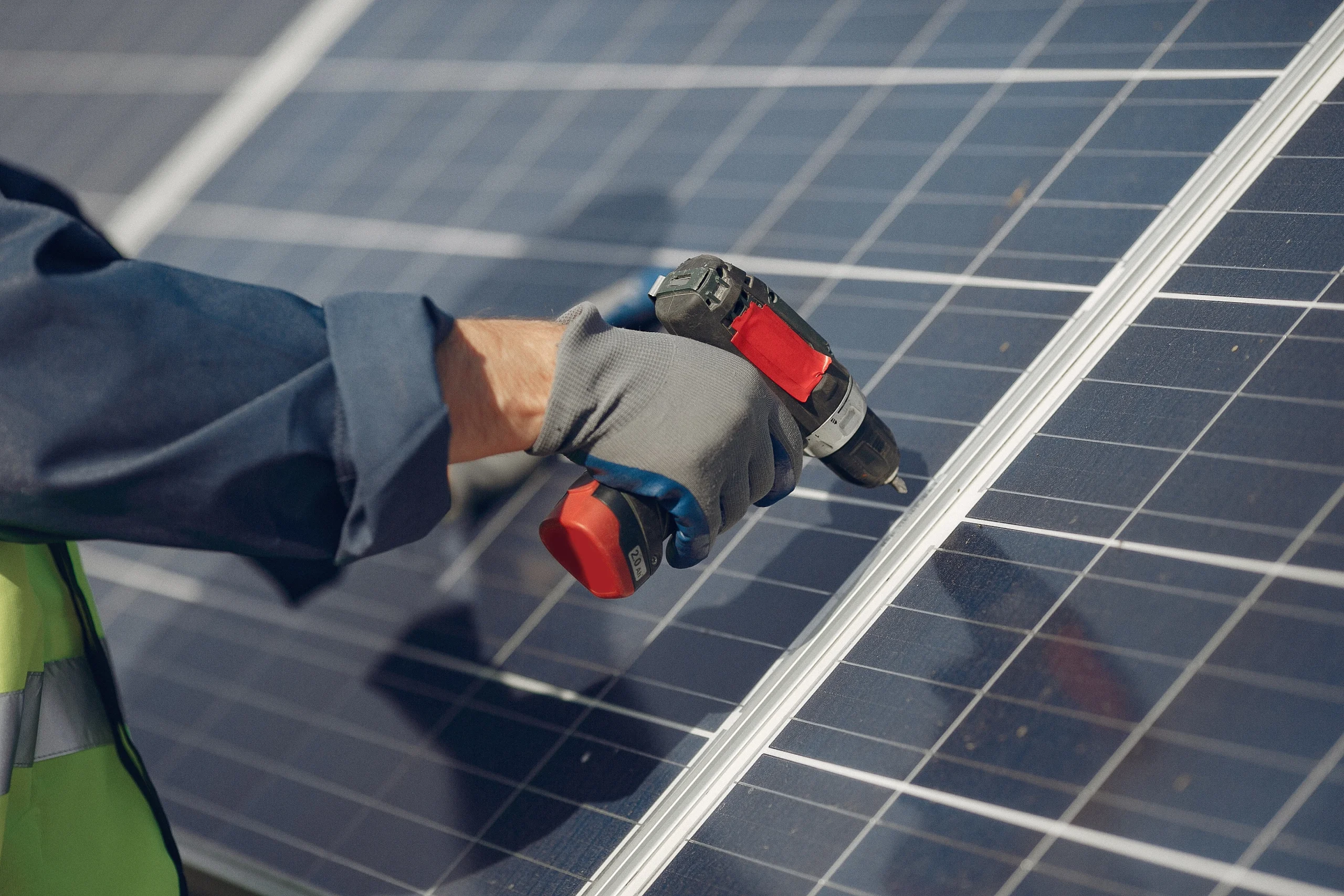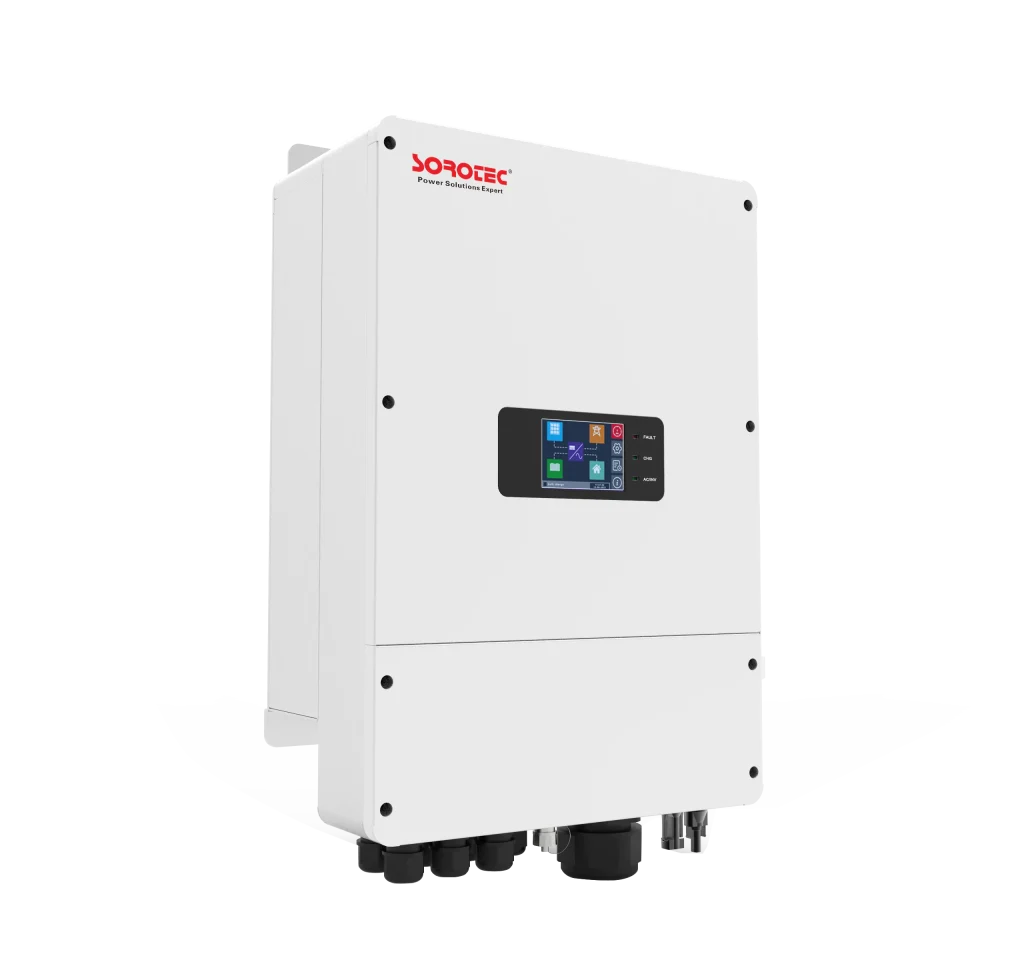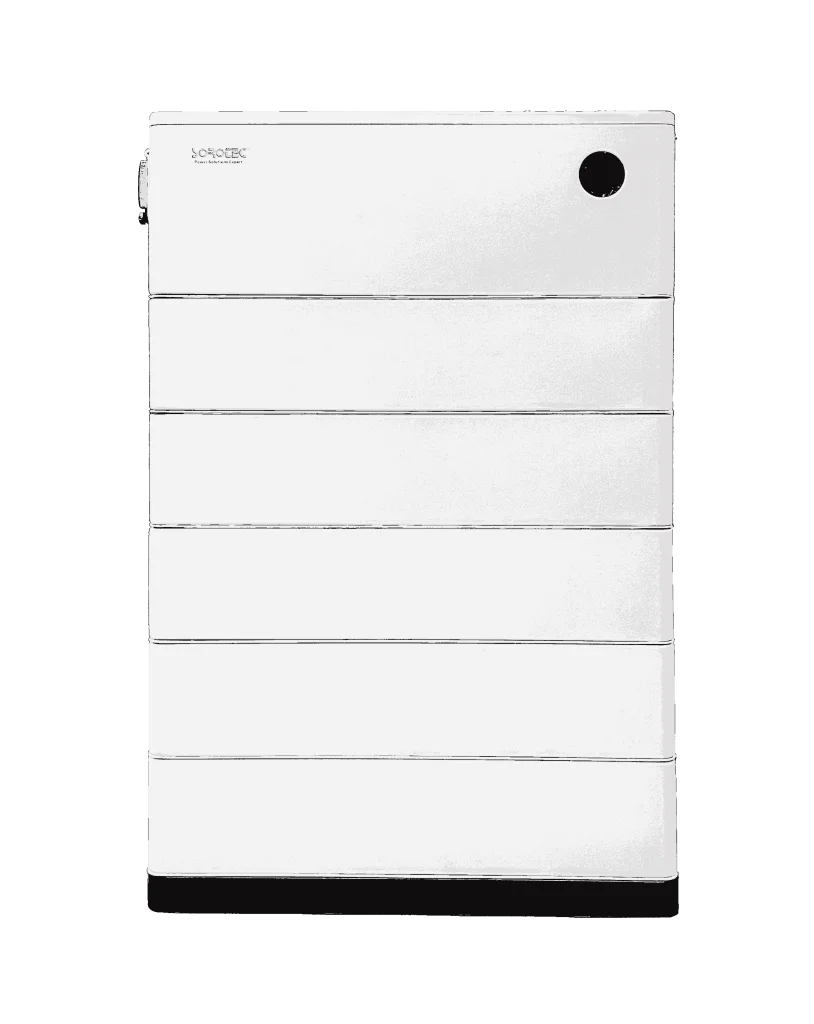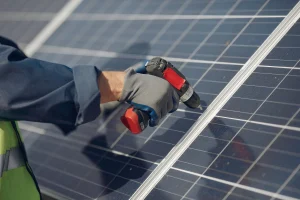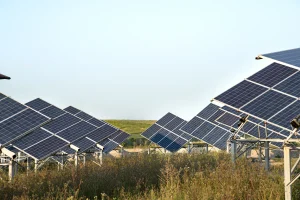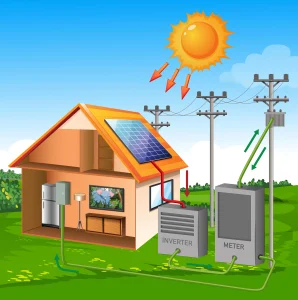1. Understanding Solar Installation Costs
To begin, we need to see the big picture. Solar system prices usually fall into two groups:
- Hardware Costs: These are the actual things you buy—solar panels, inverters, batteries, and mounting tools.
- Soft Costs: These are extra things like building permits, worker fees, planning, and business charges.
Every setup is different. But most projects follow some basic price rules. Knowing them helps buyers plan better.
2. Core Hardware Parts and Their Price Impact
Solar Panels
Solar panels are easy to spot on any building. The price depends on their power level, brand, type (monocrystalline or polycrystalline), and where they are made. Prices have dropped a lot in the past years. Still, top-performing panels cost more.
Inverters
The inverter is like the brain of the system. It turns the DC power from panels into AC power we can use. There are different kinds:
- String Inverters: These are cheaper but lose power if one panel fails.
- Microinverters: Each panel gets one. They give better data and steady output but are pricier.
- Hybrid Inverters: These work with solar and battery systems.
SOROTEC makes strong inverters like the REVO VM IV and REVO HES. These models work for off-grid and on-grid use. They have smart features like WiFi, MPPT tracking, and smart load use. Even if they cost more upfront, they last long and perform well.
Battery Storage Systems
Batteries add a lot to the bill. High-end lithium batteries (LiFePO4), like SOROTEC‘s SL-RH/S-EU series, are safe and last longer. Sometimes, batteries can be 30% or more of all system costs.
Mounting Tools and Wiring
Mounting systems and wires are easy to forget. But they are key. Costs change based on your roof shape and local rules.
3. Soft Costs: The Hidden Charges
Permits, Checks, and Grid Hook-Up
You must follow local laws. That means getting building permits, having tests done, and hooking to the grid. These steps can add hundreds or even thousands of dollars.
Workers and Installation
Labor is a big part of the price. Complex rooftops or big systems need more time and workers. That means more cost. SOROTEC helps with this by offering ready-to-use gear and online support, making setup faster and easier.
Marketing, Loans, and Business Costs
Installers also spend on ads and sales. If you use payment plans or solar loans, interest adds more cost over time.
4. Local and Project-Based Cost Factors
Roof Shape and Safety
Tall or angled roofs are harder to work on. Shaded roofs may need changes. Old roofs might need repair before solar work starts.
Electrical Panel Needs
Some homes or sites need panel upgrades to handle new power. That means more parts and time.
Location and Weather
Where you live matters. Sunlight, weather, and electricity prices all change the size and worth of the system. Areas with rebates or tax help can lower the cost a lot.
5. Long-Term Costs to Think About
Upkeep and Fixes
Most solar setups need little care. But inverters or batteries may need fixing in 10 to 15 years. Using good parts, like SOROTEC inverters and batteries, can lower repair costs later.
Insurance and Product Warranties
Your solar gear might raise home or business insurance costs. Still, many top brands like SOROTEC offer long warranties—5 years or more on items like REVO HES and SL series batteries.
End-of-Life and Disposal
All gear gets old. While panels can be recycled, other parts like batteries are harder to handle. SOROTEC‘s modular designs make replacement and recycling easier.
6. What Costs the Most?
So, what eats up the biggest share of your budget?
- If batteries are part of the system, they often cost the most.
- If it’s just panels and inverter, labor and extra services take the lead.
- Inverters are usually second or third in cost. But they are key to system success.
That’s why smart buyers choose strong, clever inverters like SOROTEC‘s REVO or HES lines. They offer great value over time, even if you pay a little more first.
7. Ways to Lower Cost and Stay High Quality
Pick High-Output Products
Buy parts that give you more power. SOROTEC tools come with smart MPPT, dual output, and top battery links.
Make Your System Growable
Some inverters from SOROTEC can work in groups. You can start small and grow later.
Choose Trusted Brands and Teams
Pick well-known names and good local pros. They help avoid problems, follow rules, and save time.
8. Wrap-Up
What drives the cost of solar the most? It depends on your setup, needs, and location. Batteries can be pricey, but soft costs can also be high. In all cases, the best move is picking trusted parts.
With brands like SOROTEC, you get value that lasts—smart systems, long life, and strong support. No matter your plan—off-grid cabin or big business plant—choosing the right inverter and battery can make your project a win.
FAQs
Q1: Is an inverter more costly than panels?
A: Not always. Panels can cost more in total. But good inverters are key and can still be a big part of the price.
Q2: Why do solar batteries cost so much?
A: They use advanced tech, safety tools, and smart power control. For example, SOROTEC‘s LiFePO4 batteries last long and work well, so they are worth the price.
Q3: Can I save money by installing it myself?
A: DIY setups can save on labor but come with risks. You might break rules or lose your warranty. Working with trained pros and brands like SOROTEC is the safer bet.


